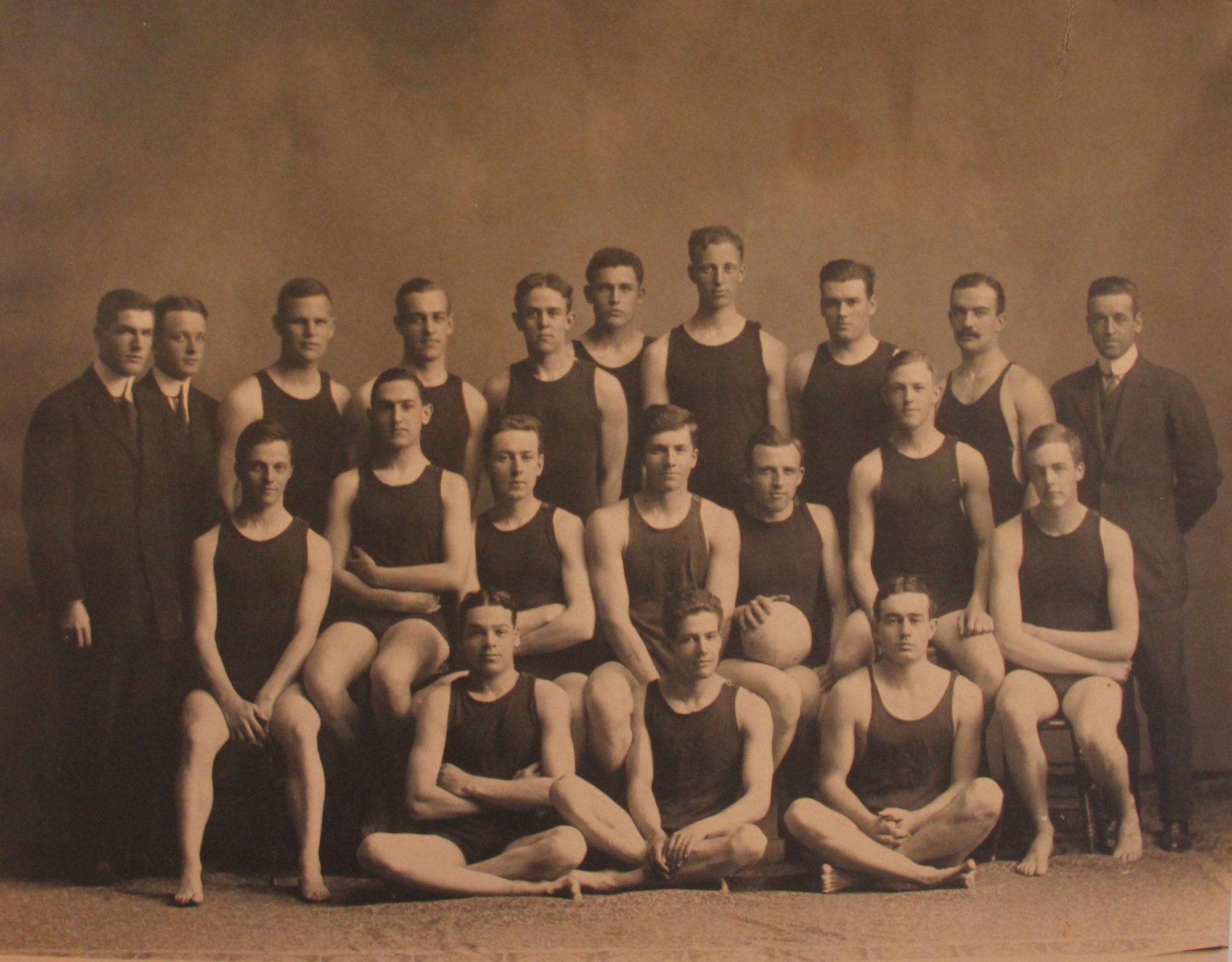
You Say You Want a Revolution
Before Reed was a fearless revolutionary, he was a lonely Harvard student.John S. Reed, class of 1910, was in it for the money.
“I recall his telling me that he had two ambitions when he came to college,” a classmate of Reed’s said in the Academy Award-winning 1981 biopic “Reds.” “One was to be elected president of his class. He didn’t know anyone in his class. No one knew him. The other was to make a million dollars by the time he was 25.”
That would change. By Reed’s senior year of college, he would reject the narrow-minded Harvard aristocracy. He would take over club meetings and ruin dinner parties, overflowing with passionate rants about equality and the worker. Consumed with radicalism, he would dedicate his college career to sparking “an influx of discontent, of revolutionary ideas, of criticism and revolt.”
Less than 10 years after that, Reed would become one of the most prominent American communist leaders and writers of the early 20th century. In fact, he spent the decade after college in a propaganda-writing, labor-organizing, revolution-inciting frenzy. In 1913, he rode with Pancho Villa’s army, reporting on the Mexican Revolution. In 1917 he travelled to the USSR as an independent journalist, joining Lenin in the October Revolution. In 1919 he helped form the Communist Labor Party of America, serving as its international delegate.
By that time, John Reed had become a household name. His account of the Russian Revolution, “Ten Days that Shook the World”, was being taught in schools across the USSR. Those who had known him praised him as “the pulse of the young lion,” mourned him as “a Soviet Russian hero,” and pitied him as a victim of “the damned Bolsheviki.” When he died of typhus on Oct. 17, 1920, his body was buried in the Kremlin.
Reed wasn’t born a socialist, though. In fact, he was born into a typical upper middle-class family in Portland, Oregon on Oct. 22, 1887. Though he would eventually grow into a tall, broad-shouldered athlete—hazel eyes intense even in laughter—as a child he was sickly and bullied by his peers.

“I wasn’t much good at the things other boys were, and their codes of honor and conduct didn’t hold me. They felt it too, and had a sort of good-natured contempt,” Reed recalled in his memoir, “Almost Thirty.” “One time, when I was on the editorial board of the school paper, a boy I was afraid of warned me not to publish a joking paragraph I had written about him—and I didn’t…” From a young age, Reed wanted nothing more than acceptance.
Before Reed was a fearless revolutionary, he was a lonely Harvard student. Before he wrote satire for “The Masses,” he wrote plays for the Hasty Pudding. Before he aspired to the Executive Committee of the Comintern, he tried to get punched by the Porcellian.
Before Reed denounced the aristocracy, he desperately wanted to join it.
Rich Men's Sons
John Reed was not born into the proletariat. He spent his earliest years mixing with Portland high society in his wealthy grandmother’s home, which he later described as “... a lordly grey mansion modelled on a French chateau, with its immense park, its formal gardens, lawns, stables, green-houses and glass grape-arbor, the tame deer among the trees…” His grandfather, Henry D. Green, had founded the Portland Gas-light Company, and purchased the estate in 1873 for $28,000 (equivalent to about half a million dollars today).
That prosperity was short-lived: Reed’s grandmother had expensive taste and a love of travel, and after her husband’s death she quickly spent the majority of the family fortune. Reed’s financial situation became even more precarious after a severe economic depression shook the United States in 1893. When Reed was only nine years old, his parents moved from the Green mansion to an apartment downtown. A few years later, Reed’s father became embroiled in a political scandal that provoked the ire of the Portland aristocracy—the final nail in the Reed family’s social coffin.
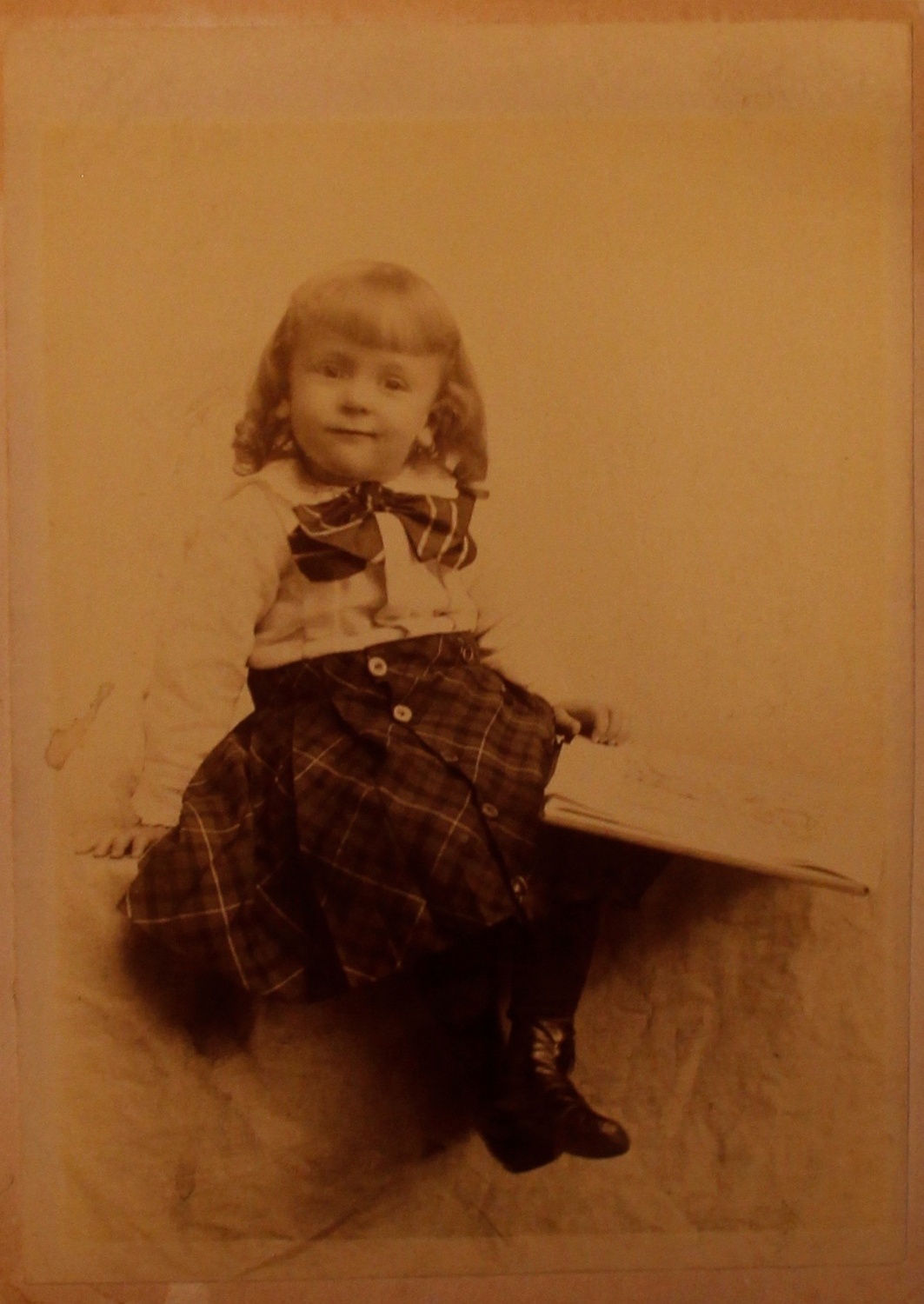
Still, Reed attended some of the most expensive schools on the East Coast. At 16, he left Portland for a New Jersey boarding school, and in the fall of 1906 he enrolled at Harvard College. A few years later, his brother, Harry, followed. This prestigious education came at both a financial and an emotional cost: as Reed reminisced a decade later, “We never knew until later how much our mother and father denied themselves that we might go, and how [my father] poured out his life that we might live like rich men’s sons.”
Reed might have been able to afford the cost of tuition, but he could not hide his Western, middle-class roots: Harvard had an excellent nose for those masquerading as “rich men’s sons.”
William James described students like Reed in his 1903 essay “The True Harvard.” Those who arrived “from the remotest outskirts of our country, without introductions, without school affiliations,” had no place in Harvard’s social spaces, he said. “They seldom or never darken the doors of the Pudding or the Porcellian.”
As John M. Brown ’23 wrote in the Harvard Alumni Bulletin, the Harvard of 1906 was a place of “poor boys and rich boys; those favored because they were Brahmin-born and others penalized because they were not.” Most of Reed’s new peers had attended elite East Coast prep schools, and considered “new money”—or, worse, no money—beneath them. A boisterous nobody from Portland hardly stood a chance.
This never deterred Reed. A childhood on the (relative) social margins had conditioned him to value popularity, and a natural competitive instinct drove him to compete for it. He developed a fascination with Harvard’s aristocracy, and when he arrived on campus in the fall of 1906 he sought to join it.
“A furious energy drove me to all kinds of bodily and mental exercise, without any particular direction,” he wrote in his memoir. “I was increasingly active and restless, more ambitious of place and power, less exalted, scattering myself in a hundred different directions…” He wanted to be a poet. He wanted to be a novelist. He wanted to be a lover, and a fighter, and a rebel. More than anything else, he wanted to be accepted.
“During my freshman year I used to pray to be liked, to have friends, to be popular with the crowd,” Reed wrote.
The Waiting Game
To a lonely Harvard freshman at the turn of the twentieth century, popularity meant joining a Final Club.
The punch process began with admission to the Institute of 1770, an exclusive social organization which selected 100 men from the sophomore class each year and named them “the socially elect.” Becoming a member of the Institute meant prestige; it meant status; most of all, it meant eligibility for the next tier of exclusive social organizations, the Waiting Clubs. After election to a Waiting Club, juniors and seniors were eligible for an invitation to a Final Club—the apex of the whole system, and the playground of Harvard’s elite.
“To the ordinary freshman before whose eyes the plum of the Institute is dangled,” Reed wrote, “a Final Club seems the end of earthly ambitions.”

It all hinged on the Institute. For Reed, though, getting in was easier said than done. When the Class of 1910 entered Harvard, it had nearly 700 members. The Institute would select only 100. Reed’s odds were bad from the start.
In search of a niche, Reed tried to join the freshman crew team. He committed a significant portion of his freshman year to the task, even staying on campus during holidays to row by himself, but he was the last rower eliminated before the end-of-year Harvard-Yale crew regatta and never technically made the team.
Reed’s initial forays into the arts community ended similarly fruitlessly. Though he’d later write books and articles hailed by nations, by the end of his freshman year he hadn’t been granted entry to a single campus publication.
“I got to know many fellows to nod to, and a very few intimately; but most of my friends were whirled off and up into prominence, and came to see me no more,” he reminisced in “Almost Thirty,” “Athletes and musicians and writers and statesmen were emerging from the ranks of the class. The Freshman clubs were forming. And I was out of it all.”
Reed was never invited to join the Institute of 1770. He never joined a Waiting Club, he never joined a Final Club, and he never really reached the upper echelons he’d aspired to as a freshman.
This exclusion was partially the product of class. Reed hadn’t been born into the eastern elite, and the eastern elite knew it.
Reed knew it, too. When he was rejected sophomore year for two posts for which he felt he “qualified easily”—an editorial position at The Harvard Crimson and the assistant managership of the Varsity Crew team—he chalked it up to snobbery and walked away bitter.
It wasn’t only Reed’s class, though: When Reed’s brother arrived to Harvard two years later, he was invited to join the same organizations that had overlooked his older sibling. The snub was also personal.
“There is a clue to his lack of acceptance, his lack of the quality the British call ‘clubable,’” wrote his classmate, Edward E. Hunt, class of 1910. “Through everything he did there ran a strand of the grotesque which turned the most serious event into laughter.”
Regardless of its cause, Reed took rejection hard. “The thought that he could be considered inferior, unworthy of their attention no matter what he did, came as a numbing shock to him,” wrote Richard O’Connor in his biography of Reed, “The Lost Revolutionary.”
The Athlete, the Scholar, and the Activities Man
By sophomore year, Reed recalibrated. Rejected by the elites and no longer willing to measure personal success by class or wealth, he found a new strategy for social acceptance: joining as many extracurricular activities as possible. As he saw it, the class was divided into three neat groups: the athlete, the scholar, and the “activities man.” Reed knew which he wanted to join.

In Reed’s model, athletes represented the pinnacle of the social hierarchy. “The average undergraduate would rather win his “H” than get Phi Beta Kappa,” he wrote in an essay. He wasn’t wrong: by 1907-08, Reed’s sophomore year, campus athletics had become such a dominant social force that President Eliot became concerned that sports were exhausting players, keeping fans from their studies, and encouraging “the betting evil.”
Despite his initial setbacks on the river, Reed enjoyed moderate athletic success on the field and in the pool. He was a member of the swimming team, captain of the water polo team, and song-leader of the cheerleading squad.
A former classmate, the Pulitzer prize-winning left-wing journalist Walter Lippmann, class of 1910, remembered Reed as the star of the cheerleading squad. “He would stand up alone before a few thousand undergraduates and demonstrate without a quiver of self-consciousness just how a cheer should be given,” Lippmann wrote in the New Republic in 1914. “If he didn’t like the way his instructions were followed he cursed at the crowd, bullied it, sneered at it. It was a sensational triumph for [John] Reed but wasn’t altogether good form at college.”
In the Russian Revolution, the ability to rouse a crowd would serve him well.
Still, Reed saw the athlete’s position in the campus hierarchy as that of an empty figurehead with no real power. He thought that the student that embodied Harvard’s most traditional values was really “the scholar:” “He is studying what the great Harvard men of the past have studied—he is really seeking what Harvard has stood for for three hundred years—Veritas.”
Reed himself barely scraped past Harvard’s entrance exams, and he left an undergraduate record dotted with C’s, D’s, and E’s (modern F’s). A self-confessed “indifferent student,” he found the classroom dry and lifeless. “Why should I have been interested in the stupid education of our time?” he asked. “We take young soaring imaginations, consumed with curiosity about the life they see all around, and feed them with dead technique.” He wrote a number of his essays on club or scrap stationary, perhaps as a deliberate snub.
Though Reed respected Harvard’s undergraduate scholars, he never wanted to befriend or become one. “Long lack of comradeship with any but those of his kind have made him intolerant of frivolity, have dried in him the natural desires and exaltations of youth, and therefore he is misunderstood and despised,” he wrote.
That left the “activities man.” Students active in extracurriculars had the social clout lacked by athletes and the social graces lacked by scholars. They embodied all the virtues a turn-of-the-20th-century ‘Harvard Man.’ “They are a community of enthusiasts, men of all trades,” he wrote. “They are dreamers and often poets. Their grades are often very poor mediocre and they subordinate college work to their “activities”.... They talk a great deal among themselves, exchanging ideas and thoughts, strengthening friendships and learning what real standards there are by which to judge a man.” The activities man was busy, plugged in, a member of all the clubs, an insider.
By the time of his graduation, Reed had joined so many extracurriculars that his class bio was longer than his (nonexistent) senior thesis. He managed the Glee Club; he joined the Debating Club; he was a member of such mysteriously named organizations as the Memorial Society, the Round Table, the Symposium, and the Oracle. At various points, Reed was a member of some 16 organizations and teams—an impressive number even by Harvard’s contemporary standard.

Reed was the activities man.
A Seat at the Table
Amongst these many organizations were a few campus publications. Despite his failed start at the Crimson, Reed became an editor at the Harvard Monthly, a literary magazine where his poems and stories, “juvenile and imitative though they were, won respect and praise and inspired enthusiastic prophecies,” according to Granville Hicks ’23. He was also a writer and “Ibis”—second-in-command—at the Lampoon.
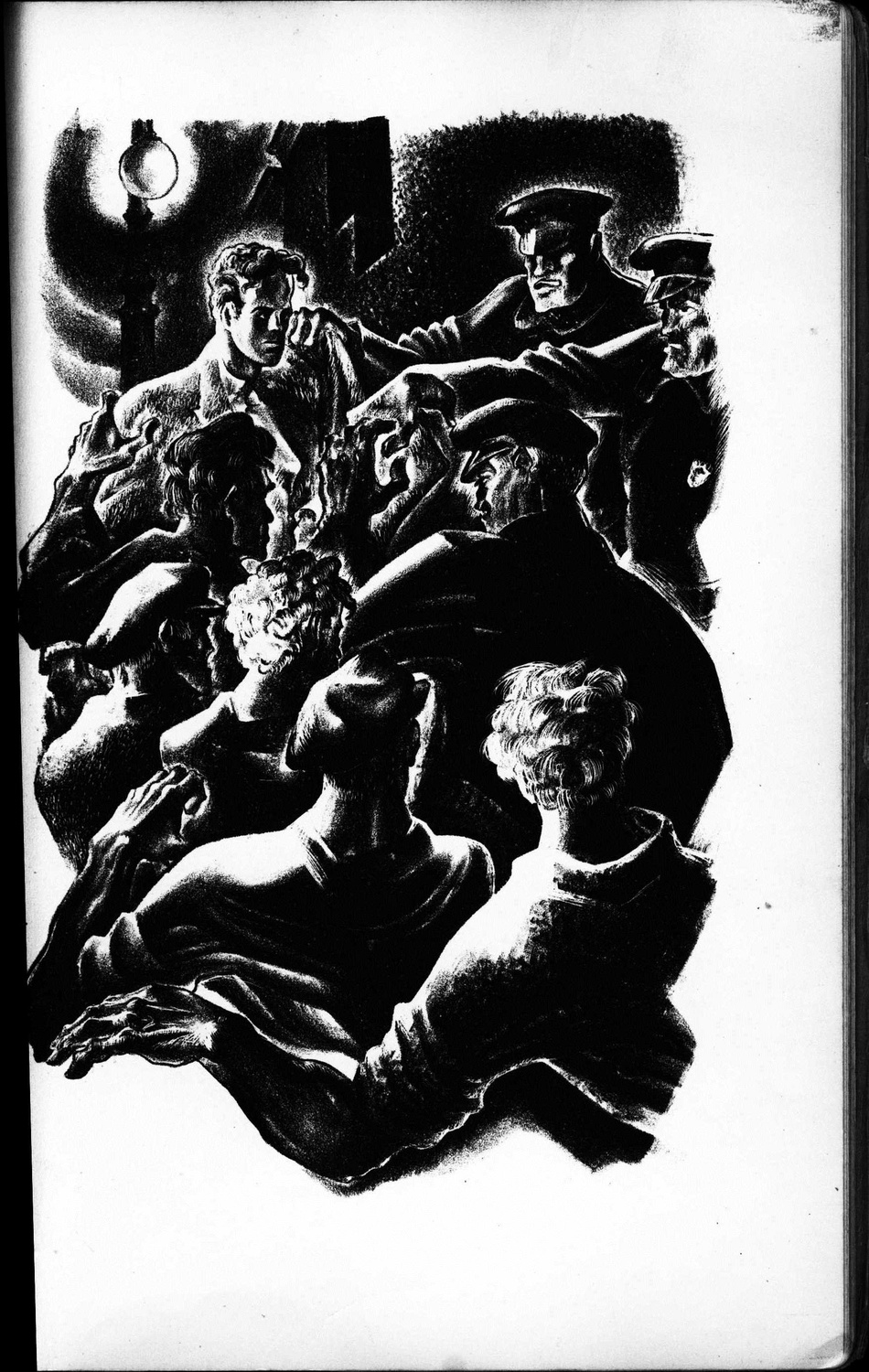
Reed was a leader as well as a writer. He had a gift for organizing people and executing visions—and he had no shortage of ideas.
Still struggling to reconcile his Portland upbringing with his Cambridge education, he became president of the Western Club. A casual eating club created to defy Harvard’s puritanical social norms, the organization became known for mischief and outrageous practical jokes. As President, Reed sat at the head of every table and introduced diners in increasingly ludicrous ways.
“Gentlemen, the future President of the United States!” he cried when Lippmann joined him one evening.
“Where have you bean?” he shouted at another friend, throwing a handful of beans.
Reed didn’t confine his antics to the Western Club. As Hicks reported, over the spring break of his junior year, a debacle involving a series of bars, “a resort of dubious reputation,” and a spontaneous trip to Bermuda resulted in Reed’s “rustication”—an archaic punishment based on exile to Concord, Mass. Reed spent the rest of the semester in time-out.
When not in Concord, Reed served as President of the Cosmopolitan Club. Founded by Reed on Feb. 12, 1908, the club united Harvard’s international students, entertained foreign dignitaries, and discussed world affairs. It was wildly successful: 53 students joined at its inception, and by Reed’s graduation in the spring of 1910 that number had grown to roughly 200.
Reed called it “one of the most important organizations ever formed among the students at Harvard.”
Then again, Reed had a taste for hyperbole. It showed up in his rhetoric, marked his prose, and, in the fall of his junior year, inspired the creation of the Dramatic Club.
The club provided Harvard’s budding playwrights with a stage. The school offered few opportunities to produce original student theater, and students taking playwriting courses—including Reed and his two co-founders, Edward Sheldon and Hans V. Kaltenborn—chafed at the limitation. Rather than trying to convince an existing troupe to produce student work, they decided to make their own.
The Dramatic Club was novel for another reason: it became the first theater group on campus to admit women to its ranks. The decision provoked controversy. Members felt that “if we expected to achieve any social distinction at Harvard with our newly organized club, we simply could not permit the participation of Radcliffe girls,” Kaltenborn recalled in his memoir, “Fifty Fabulous Years.” Eventually, these protests were eventually overlooked “in the interest of better drama,” and the Dramatic Club (antecedent of the contemporary Harvard-Radcliffe Dramatic Club) went co-ed.
It’s easy to see traces of Reed’s later persona in his early college activities. By junior year, Reed was already an iconoclast, defying social mores and laughing at Harvard authority. He was an idealist, uniting his peers and planning to bring labor justice to the world. He was a leader, screaming at crowds in stadiums and theaters and pitting himself against the status quo.
But while he’d turned his eyes from the elites and become the “activities man” he’d always wanted to be, he was still searching for his cause. “John Reed was not a fiery left-winger in those days,” wrote Kaltenborn. “He was a nonconformist.”
Senior year, that changed.
Infiltrating the Ranks
In his final year of college, Reed discovered the Harvard Socialist Club. Founded by two freshmen in 1908, the club’s stated goal was to use the study and spread of socialism to correct the “fundamentally imperfect” state of society. At inception, it had nine members.
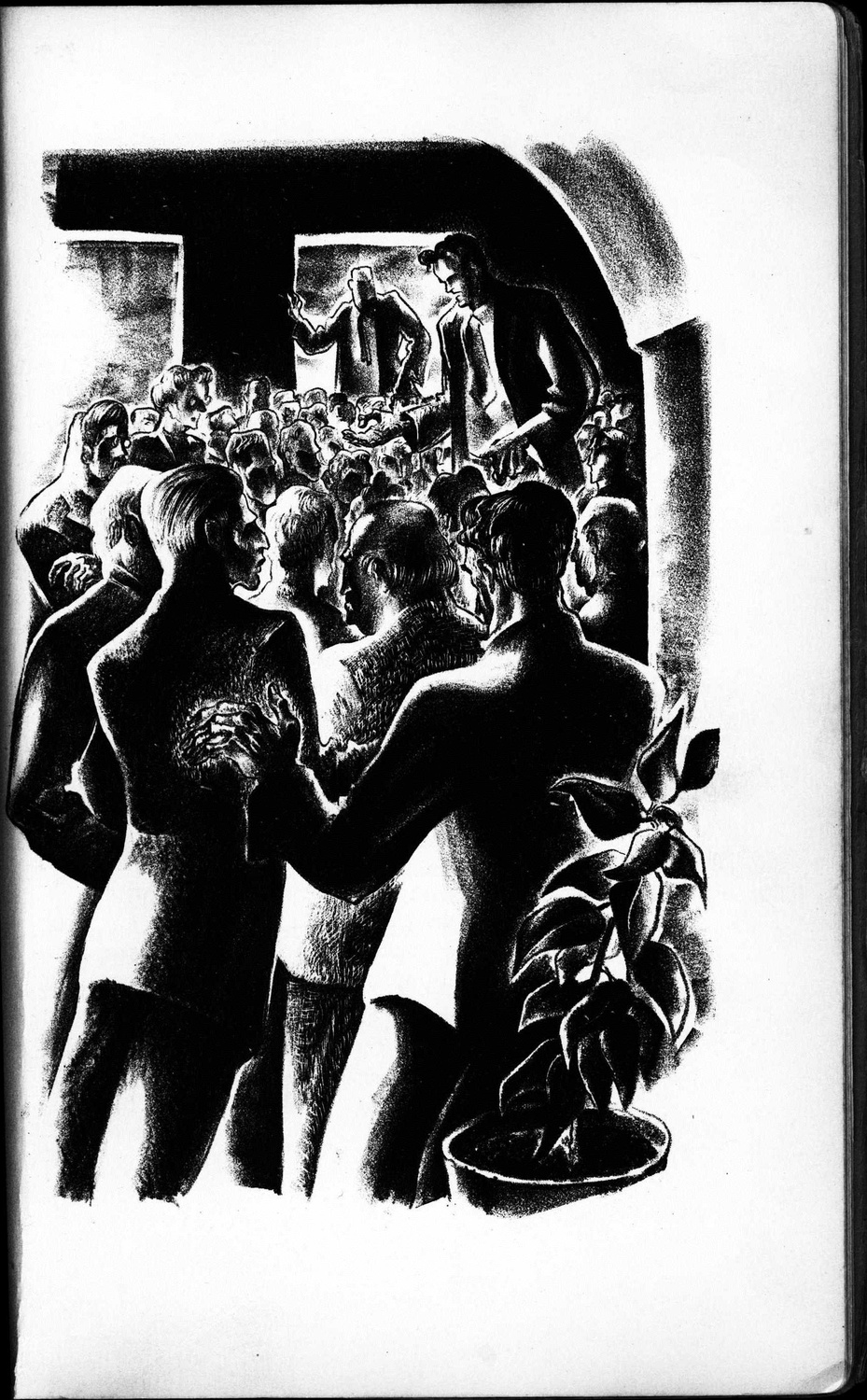
Despite its modest size, the Club pledged to permeate the college. As Reed put it, “They sat not in lofty contempt above the ignorant student body, but mingled with it, learning its sympathies and weakness, used its machinery...” While club members held frequent discussions of their own, often continuing hours after midnight, they attempted to recruit and effect change by infiltrating other campus organizations.
This turned out to be an effective strategy. After less than five years, the Socialist Club had between 30 and 50 members. Two years after Reed’s graduation, a senior named Gerard C. Henderson, class of 1912, told the Harvard Graduates’ Magazine that the club’s “...fringes merge imperceptibly into a half-dozen political clubs, some adherents of such leaders as Wilson and La Follette, and others more vaguely representative of insurgency and progressivism.”
Reed was never officially a member, but the club still radicalized him. “It made me, and many others, realize that there was something going on in the dull outside world more thrilling than college activities,” he wrote.
Reed’s newfound politics were first evident in his writing. Reed had been writing for the Lampoon for a few years already, but during his senior year his sketches gained a biting political edge they’d lacked before.
In one Lampoon editorial, Reed mocked Harvard’s old money and gave advice to young men seeking to boost their pedigrees. “Hyphens are of immense value—remember that anyone will always be glad to lend money to an Endicott-Sears-Cabot, a Wendell-Wendell, or a Trumbull-Peabody,” he wrote. “If a child is too late to corral a Back Bay Brahman for a progenitor, let him seize upon a self-made man who has made a good job of it. Money will finally land anyone among the Captains of Society.”
Though Reed mocked them, the elite were beginning to notice him.
In the spring of Reed’s senior year, he was offered membership in the Hasty Pudding. The Pudding was one of the most exclusive social organizations on campus, made up almost entirely of members of Waiting and Final Clubs, and to Reed the invitation must have seemed like a baffling reversal on the part of the aristocracy. Certainly, he had distinguished himself in the years since he’d first been overlooked, but he was still the same brash Westerner he’d always been.
In truth, the Hasty Pudding didn’t have much of an option. It was nearly time for the club’s annual musical, and none of its existing members—who had been selected on the basis of social status—felt capable of writing lyrics. Reed was a necessary outside hire, and he knew it.
The Hasty Pudding put on an uncharacteristically subversive show that year.
“Just insist that your aunt was a Cabot,
And your grandmother’s real name was Weld.
Try hard to make rudeness a habit,
And be careful with whom you’re beheld.”
Revolution in the Yard
Suddenly, Reed was a “club man.” A critical one, certainly, but a club man all the same. And as much as he tried to suppress it, he found satisfaction in the title. That satisfaction became evident at the end of his senior year.
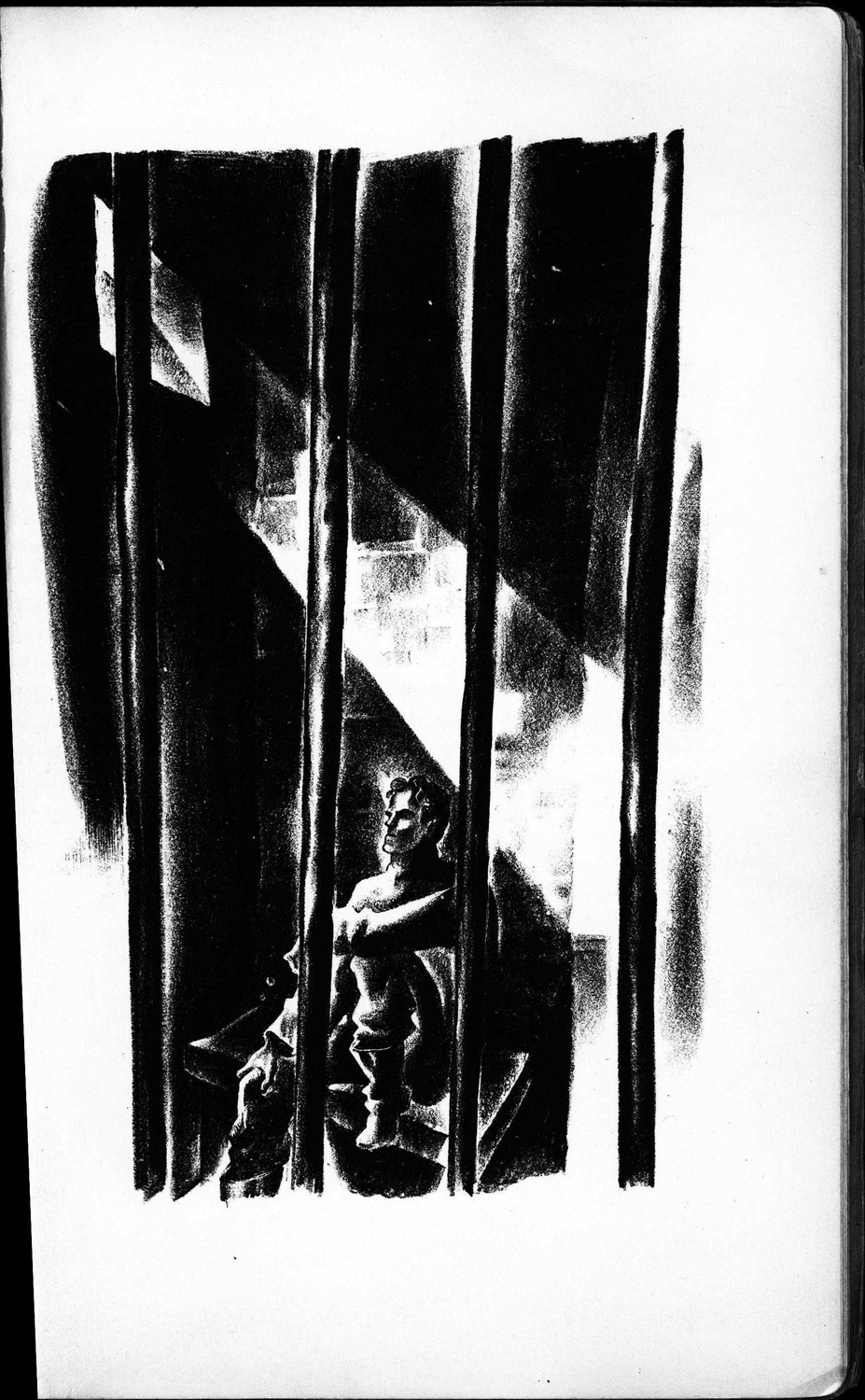
In 1910, Harvard’s rich lived in glamorous private apartments on Mt. Auburn Street; the poor lived in dorms in Harvard Yard. This dichotomy influenced more than sleeping arrangements: Residents of the Street controlled most aspects of undergraduate life, and overwhelmingly filled class offices at graduation. That year, Reed was their nominee for Ivy Orator.
Then, the Yard revolted. In an explosion of resentment that had been brewing since freshman fall, the Yard refused to accept the Street’s nominations for class office. Residents of the Yard circulated petitions and submitted their own nominees instead.
Reed was stuck. He already considered himself a man of the people, but aligning himself with the Yard would undo all of his recent social progress. So he ran on behalf of the Street, and like almost every other Street candidate, he lost.
There had been a revolution, and he was on the wrong side.
Reed realized his mistake once it was already too late. Shortly after his graduation, he wrote a sweeping 73-page tract called “The Harvard Renaissance,” in which he describes the rise of socialism at the college. In that text, he calls the victory of the Yard “a vote of the unrepresented majority against its traditional leaders.” It is the story of the Marxist struggle in all but name.
College was Reed’s first introduction to the vapid nature of the privileged class. “The more I met the college aristocrats, the more their cold cruel stupidity repelled me,” he wrote in his memoir. “I began to pity them for their lack of imagination, and the narrowness of their glittering lives—clubs, athletics, society.
“College is like the world; outside there is the same class of people, dull and sated and blind.”
Three years later, Reed spoke on behalf of silk workers in Paterson, N.J., earning himself his first jail term and a reputation as a radical communist. Frustrated but not deterred, he allied himself with the trade union International Workers of the World and organized thousands of workers into a strike benefit in Madison Square Garden. By the late 1910s, the American government feared him. The USSR hailed him as a genius and taught his name in schools.
Richard M. Nixon didn’t call Harvard “the Kremlin on the Charles” for nothing. John Reed might have practiced socialism in New York City and St. Petersburg, but he learned it in the Yard.
Club Man at Last
Reed’s life was prime martyr material, and Harvard’s later left-wingers ate it up—“John Reed Clubs” began popping up across the United States only shortly after the man’s death.
Harvard had a branch, too. Calling itself a Marxist study and action group, the Harvard John Reed Society was founded in 1932 by “a group of undergraduates attracted by the personality of John Reed and interested in studying sciettific [sic] socialism, the cause for which he gave his life.” Though it was never widely popular, the club lingered for years. In 1943, it even published several issues of a magazine, The Harvard Vanguard.
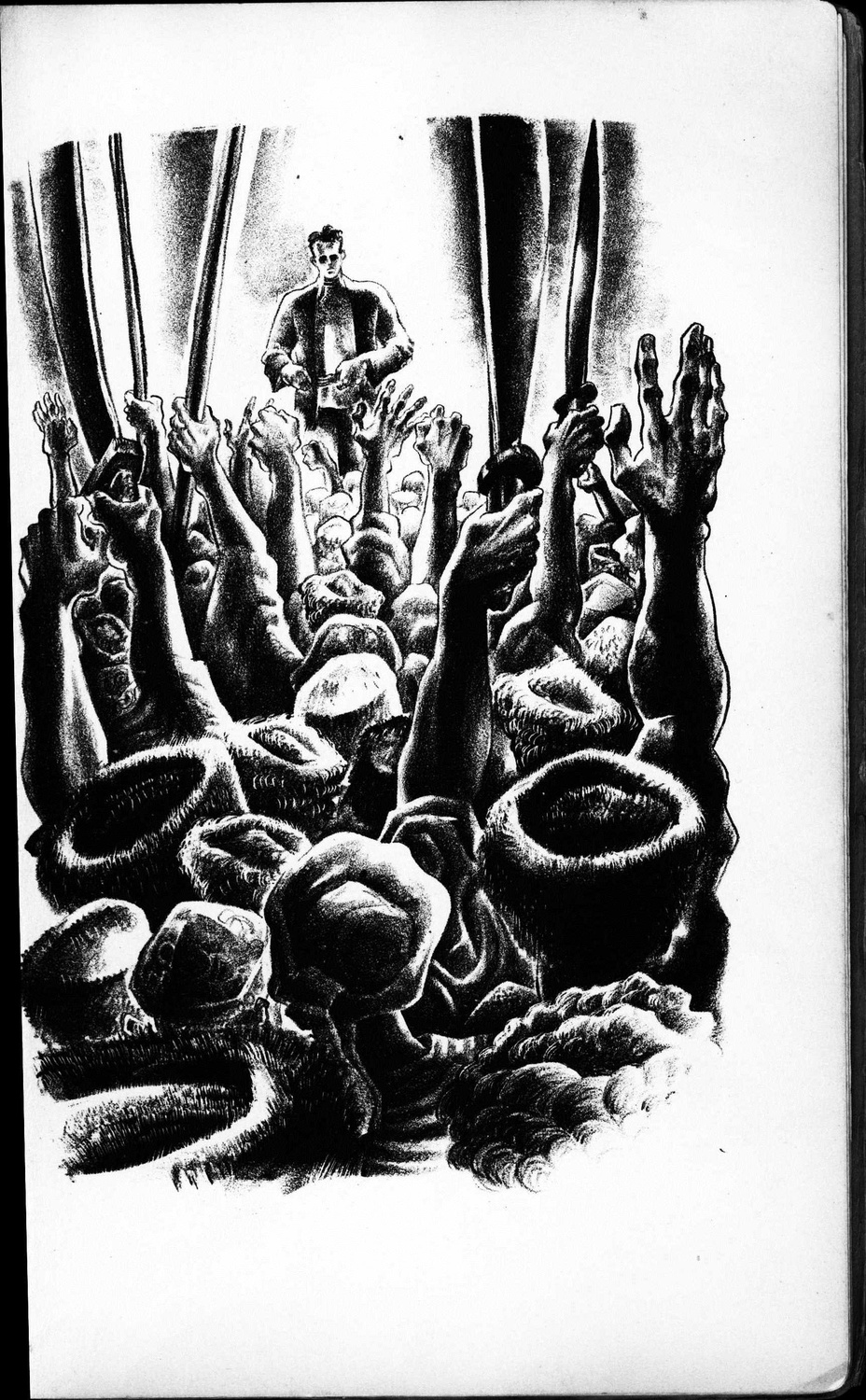
Reed’s mother did not approve. Charlotte J. Reed was always upset by John Reed Clubs—she found them exploitative.
Reed might have felt the same way. “In view of what has happened in Russia since the Revolution, I am certain that he would not have tolerated the use of his name as a means of ensnaring idealistic American youth into the Communist party,” Reed’s old friend and Dramatic Club co-founder Hans V. Kaltenborn, class of 1909, reflected in “Fifty Fabulous Years.” “That is what is being done at Harvard today. The John Reed Society has been little more than a cover for Communist party activities at Harvard since its inception.”
It wasn’t safe to join a club with such a reputation in McCarthy-era America. In 1950, the John Reed Society went underground.
According to The Boston Herald, the club had applied for a meeting room in the spring of 1950, and the administration had accepted. But when Dean Robert A. Watson reached out the following fall, he got crickets. No one would come forward to take the key.
“Last year’s president, Donald M. Long of New York, is no longer at Harvard, for academic reasons,” wrote the Herald. “Last year’s vice-president, Philip H. Ennis, said he is no longer associated with the club. Nobody else admits association.”
Harvard assured the public that it had not shut down the club, but students were suspicious. Arthur J. Sockol ’51, a senior who “identified himself as spokesman for the group,” wrote to The Boston Traveler. Though the university had allowed the club to continue functioning, he said, students feared retaliation.
The club was dead. And despite a smattering of radical left-leaning organizations that popped up throughout the ’60s and later—the Young Socialist Alliance, the Young People’s Socialist League, the Democratic Socialists of America—it stayed dead.
Signs of Life
In 2016, the radical left has re-entered the conversation. Bernie Sanders, a presidential nominee who calls himself a “democratic socialist,” is experiencing widespread success, particularly among young voters. In the Iowa primary, 84 percent of Democratic voters aged 17-29 supported Sanders. In the New Hampshire primary, that number was 83 percent. In a recent Chegg study of 1,363 college students, 6 percent self-identified as socialists.
Is John Reed’s crusade experiencing a revival?
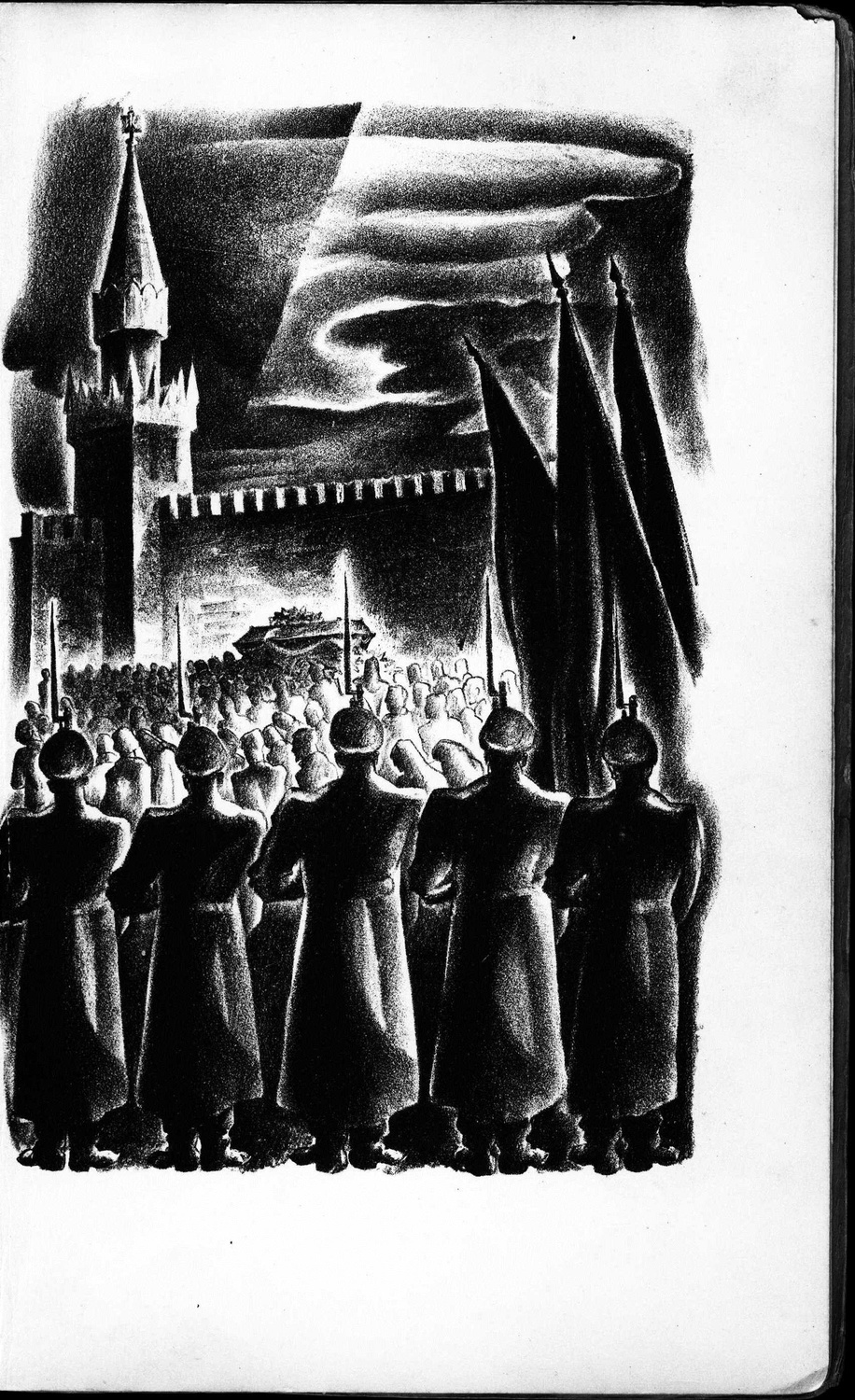
He Li ’16, president of Harvard Students for Bernie, considers it a question of semantics. “Obviously Bernie calls himself a democratic socialist, [but] what’s more important to everybody I’ve talked to are his specific policies and what he stands for,” Li said. “The label of socialist, that comes second.”
Others feel differently. “One of the long-lasting impacts of Bernie Sanders’ campaign is the way that… he’s been able to change the conversation around “the s-word,” Tyrik LaCruise ’17, an avid Sanders supporter, said. “Running as a democratic socialist, people are like ‘Whoa, wait a second. It’s not as dirty as I thought. The post office is socialism. Public schools? Socialism. We have roads. That’s socialism.’”
Paul Adler, a lecturer in Harvard’s History and Literature concentration, is intrigued by that reclamation. “The Sanders phenomenon is blowing my mind.... He calls himself a socialist. According to the polls of Democratic party voters, a lot of people are OK calling themselves socialists,” he said. “Maybe it’s been enough time since the Cold War that there can be a renewed attempt at all this.”
If the Cold War and the Red Scare really are beginning to fade from cultural memory, then contemporary students might find themselves facing a form of socialism in some ways analogous to the one that faced Reed. After all, Reed grew up in a pre-Soviet world. As Adler pointed out, “People were scared of socialism and said negative things about it, but it had more a connotation of scary anarchy than totalitarianism.” The same could be said today.
In that case, perhaps we should take a close look at John Reed. His life reads like a short novel, gripping in its intensity and poignant in its brevity. He believed in an ideal, and it drove him through college, across Europe, and into the ground before he turned 33.
Adler suggests that we view the revolutionary as simultaneous warning and inspiration.
“I think the most truthful interpretation is that [Reed] encompasses both,” said Adler. “He’s a warning about the dangers of political idealism, about having a philosophy that the ends justify the means. But he’s also an inspiration about getting down in the muck and trying to create some sort of better society.”
